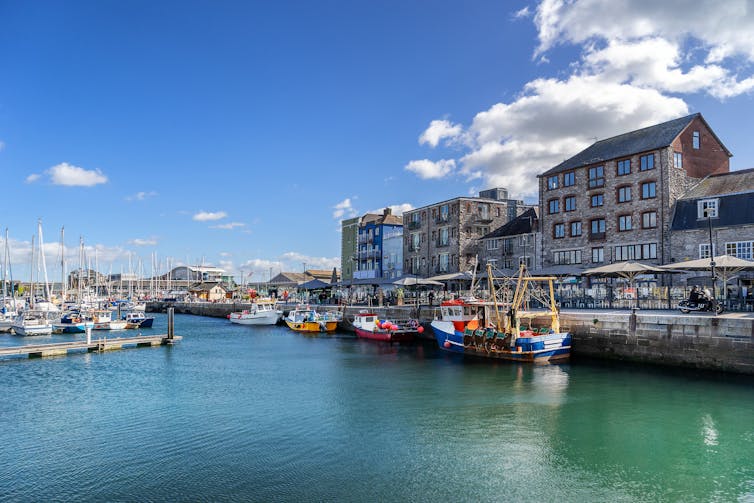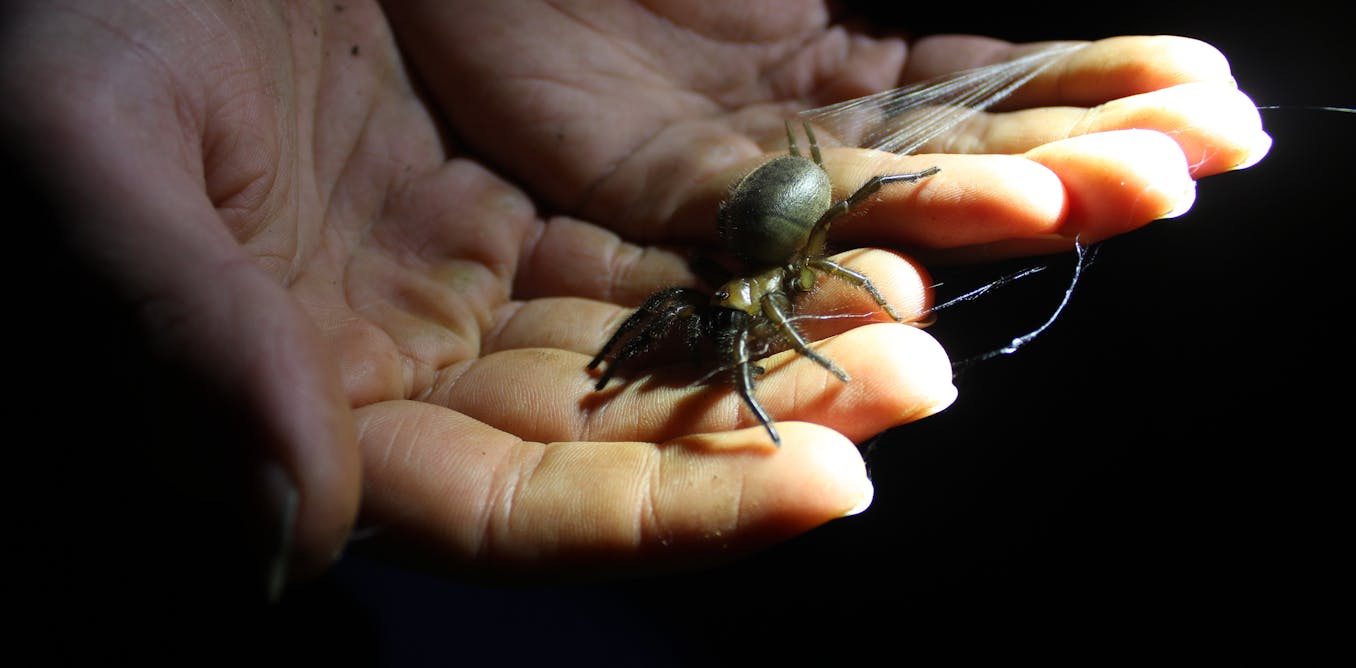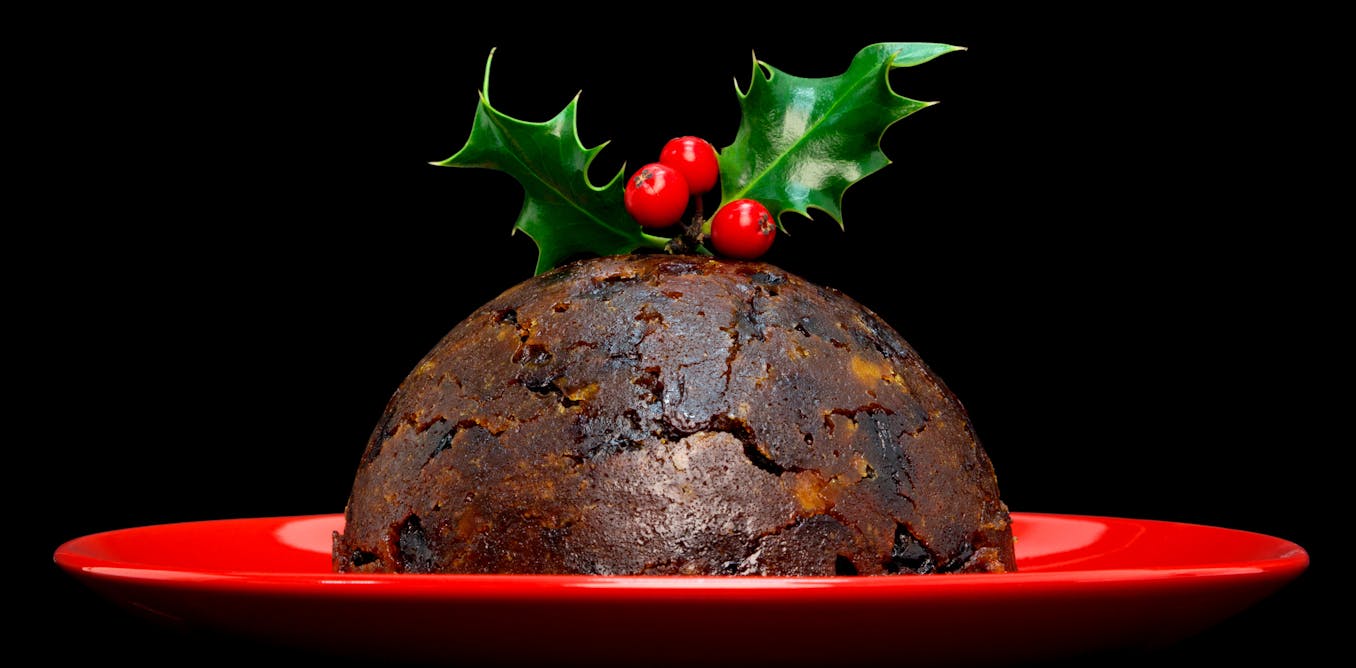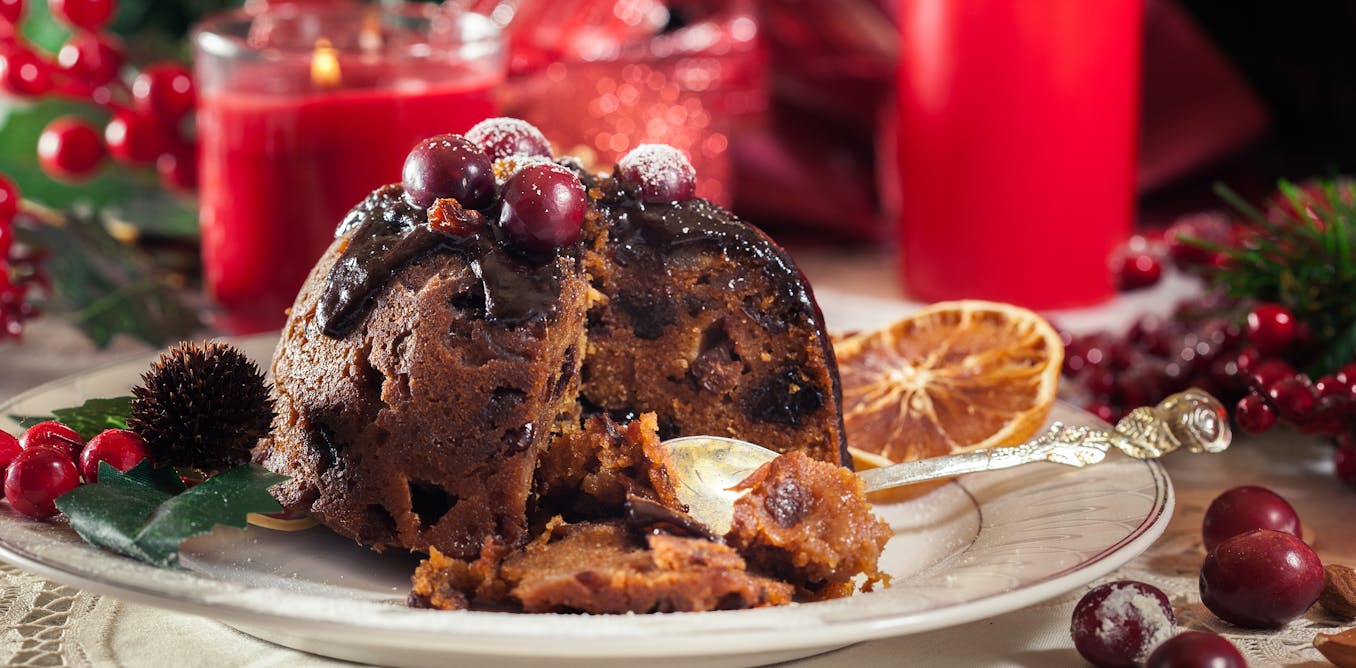I like to eat quintessential fish fingers as a crusty bread sandwich, with lemon juice, mayonnaise and salad. And I’m not the only one. Fish fingers are one of the most commonly bought fish products in the UK, with around 1.5 million eaten each day (that’s 18 fish fingers every second), according to manufacturer Birds Eye.
I have recently been working with a team of local community members, fishers, businesses and University of Plymouth researchers in the south-west of England to develop a new Plymouth fish finger that’s both healthy and sustainable.
Healthy because it gets locally caught fish into the diets of often disadvantaged communities, where nutritional quality is currently poor and can lead to negative health outcomes. And sustainable because it uses fish that would otherwise be discarded and gives the fishers a fair price for their normally low value bycatch, (fish caught by accident) thus reducing food waste and improving livelihoods.
Moreover, the fish comes from small day boats – these under-10m fishing vessels use less fuel per kg of fish caught and have a lower negative environmental impact on marine habitats, including the seabed, than larger vessels.
Originally made from herring, the humble fish finger was introduced to the UK in the 1950s with the sales pitch “no bones, no waste, no smell, no fuss”. Soon after, the blander flavour and whiter colour of cod took over by public vote.
Today’s fish fingers are mostly made from cod and occasionally haddock. Recently, some containing hake, pollock or coley have been labelled as “omega-3” varieties, although labels can be misleading, often lacking traceability.
Despite the enormous UK market, fish fingers have been referred to as “surprisingly sustainable” by conservationists. According to the Marine Conservation Society’s good fish finger guide, some of the best and most sustainable choices can be the cheapest (supermarket’s own) brands.
Through the Plymouth fish finger project, my team and I have built relationships with local community groups, fishing industry partners and businesses, the city’s university and local schools (the latter supported by visiting chefs). It will boost the amount of locally caught fish that makes it into the Plymouth supply chain rather than leaving the city to be eaten elsewhere.
Our ultimate aim is to get our product into the local school meal system, via our school meal provider so the city’s children can also benefit, not just by eating it, but by learning about it too.
Swimming, sailing, even just building a sandcastle – the ocean benefits our physical and mental wellbeing. Curious about how a strong coastal connection helps drive marine conservation, scientists are diving in to investigate the power of blue health.
This article is part of a series, Vitamin Sea, exploring how the ocean can be enhanced by our interaction with it.
To work out which types of fish should be used in our fish fingers, we teamed up with ethical fish retailer Sole of Discretion and Plymouth Fishing and Seafood Association, both committed to procuring fish and shellfish with as little environmental damage as possible.
Through several discussions with them and local fishers, as well as careful consideration of the local fish supply chain, we decided to make our fish fingers using either pouting, dogfish or whiting, depending on what is available and by-caught, by our named skippers, at the time.
Beyond the big five
Traditionally, UK consumers have strong seafood preferences. Most (80%) of all seafood sold in the UK comprises five varieties (salmon, cod, haddock, prawns and tuna). But many of these big five are not caught in UK or Irish waters, so arguably their sustainability credentials are called into question. Most UK consumed cod is fished in the north Atlantic or the Pacific Ocean.
Most salmon originates from Alaska and the east coast of Russia, while UK-sold pink prawns come from the east coast of Canada and Greenland.
Shifting the focus away from the big five and promoting other more locally sourced fish can help reduce the pressure from over-fishing and other environmental impacts, such as seabed damage and pollution, that deplete marine biodiversity, while maintaining important nutritional benefits of eating fish.

Gordon Bell/Shutterstock
Several alternative fish species are recommended by the Marine Stewardship Council, for example, hake or coley (white fish), sardines or herring (oily fish), clams, cockles or mussels (shellfish) are seen as good options if caught in UK and Irish waters.
Others might be seasonally available and the Marine Conservation Society’s good fish guide is a useful place to start. Read labels carefully to find out whether fish has been caught locally, support local fish markets and ask your fishmonger for advice on how to prepare and cook different types of fish.
Our Plymouth fish finger is more than just food – it is a way to engage diverse groups of people and empower them to help change the fish supply chain for the better. Small, local efforts like this can lead to bigger changes to the food system that have a lasting impact for local citizens, fishing communities and the economy.

Don’t have time to read about climate change as much as you’d like?
Get a weekly roundup in your inbox instead. Every Wednesday, The Conversation’s environment editor writes Imagine, a short email that goes a little deeper into just one climate issue. Join the 35,000+ readers who’ve subscribed so far.

The post “The secret to healthy and sustainable fish fingers – an expert explains” by Clare Pettinger, Associate Professor, Public Health Dietetics, University of Plymouth was published on 10/03/2024 by theconversation.com





































Leave a Reply